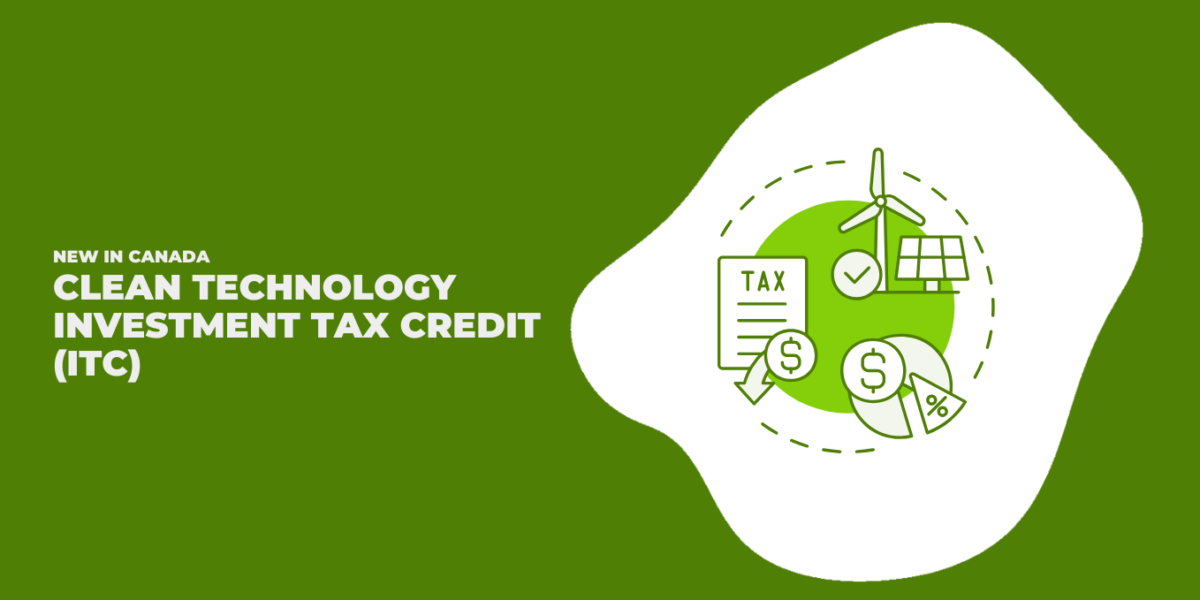There are few things that the great state of California is known for better than its heavyweight environmental reputation.
It’s well earned, with the state boasting by far the most developed solar market in the U.S. Small solar arrays, commonly found on houses, businesses, and other buildings, now produce 11% of California’s electricity. Add in utility-scale solar, and you reach nearly a quarter of the states’ total capacity.
Much of this growth can be attributed to market incentives, such as net metering, which began back in 1995. Being ahead of the curve on renewable energy policy has given California’s solar market a perpetual competitive advantage. Unfortunately, a new proposal by the state Public Utilities Commission is threatening one of the most prosperous green markets.
In a move that’s pitting large utilities and unionized labour against solar installation companies and environmentalists, the Public Utilities Commission is proposing to slash net metering rates. Democratic lawmakers and ratepayer watchdogs claim that the change to solar incentives is needed to improve equity.
Solar subsidies are criticized on the grounds that they benefit solar customers — which tend to be wealthier and whiter — at the expense of other ratepayers by shifting costs onto them. But there exists much pushback on this notion — or that it requires a large reduction in incentives to ‘solve’. “The ‘cost shift’ narrative has been wildly overblown,” said Sierra Club attorney Katherine Ramsey. “We recognize that this program needs to be updated … But at the end of the day, we need more rooftop solar.”
It’s important to note that solar ownership among low-income households has continued to tick upwards in recent years. Making solar energy less attractive altogether for individuals — as the utility companies want — would restrict a burgeoning market in small systems. There are benefits to both utility-scale and residential solar, enough so that it makes sense to support each simultaneously.
The former is more cost-effective as it’s able to take advantage of economies of scale, whereas the latter produces fewer negative environmental externalities. Incentivizing both kinds of solar production is the best way of ensuring California meets its goal of 100% clean electricity by 2045.
If investor-owned utility companies had their way, payback periods on California solar installations would triple from roughly five years to more than 15. Additionally, solar owners would be charged a fixed monthly fee — a particularly crude disincentive. This ‘solution,’ however, is really about cementing a monopoly among California’s largest utilities — Pacific Gas & Electric, Southern California Edison, and San Diego Gas & Electric — not creating fairness in the solar industry.
It’s true that racialized communities, which are often the ones hit hardest by pollution and climate change-related impacts, have not reaped the same benefits from solar as whiter, more affluent neighbourhoods. But this inequity can be rectified without crushing solar incentives and taking away one of the core strengths of the renewable energy revolution: decentralization and energy resilience.
While it would be fantastic for the shareholders of utility companies, undermining California’s extremely successful small system solar market would damage the states’ economy and threaten the legitimacy of its climate change goals. Close to 70,000 active solar jobs have brought a total of 76.2 billion in investment to California — jeopardizing such an important industry that benefits everyone through pollution abatement is undoubtedly the wrong approach to take.
So too says an analysis by the Morgan Stanley investment bank, which found that such a drastic reduction in support for solar incentives “would be heavily damaging to near-term rooftop solar growth and margins.” Additionally, the bank expects that monthly fee would “largely or completely eliminate the economic benefits of rooftop solar in California, absent the inclusion of [battery] storage.”
Readjustments to net metering incentives can be reasonable, but a tripling of the payback period in addition to potential fees would make solar energy inaccessible for many more homeowners at a time when interest in solar is at an all-time high. In other words, this decision would fly in the face of popular consumer demand. Individuals increasingly want to play a part in addressing climate change, as the cost of inaction has become all too apparent.
This is especially true in California, where wildfires, droughts, air quality issues, record-breaking heat waves, and other consequences of fossil-fuel generation have become all-too-common. Yet, the cost of a solar installation still stands at around $17,000 (including federal tax incentives), pricing out a significant chunk of the population. Now is not the time to pull back on incentives but rather restructure them in the name of greater fairness and efficiency.
Addressing racial inequalities is long overdue but gutting a model incentive program that’s made Californian solar energy more accessible than ever before is not the way to do it. The state’s model has been remarkably successful and should be replicated whenever possible — with added, targeted support (such as more generous upfront rebates) to make low-income solar a more common reality. Regulators should be wary of interfering to support utility companies, less they disrupt California’s momentum towards 100% carbon-free electricity in the process.




